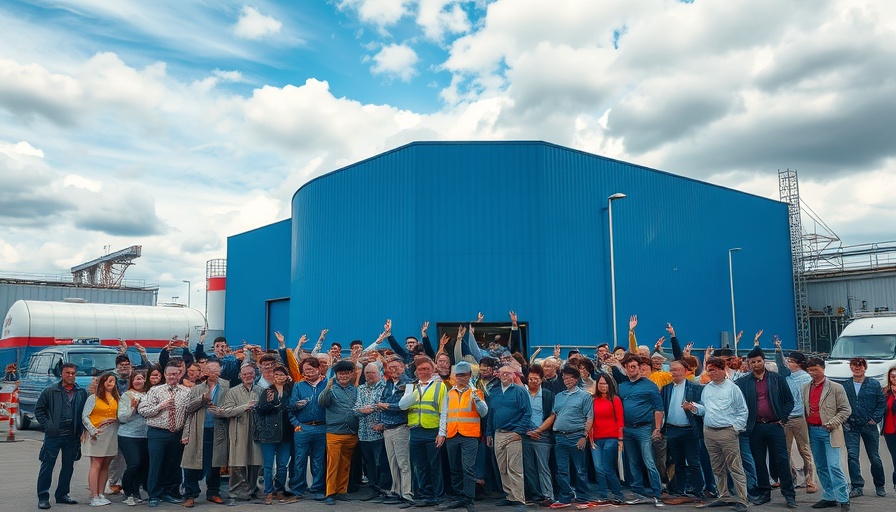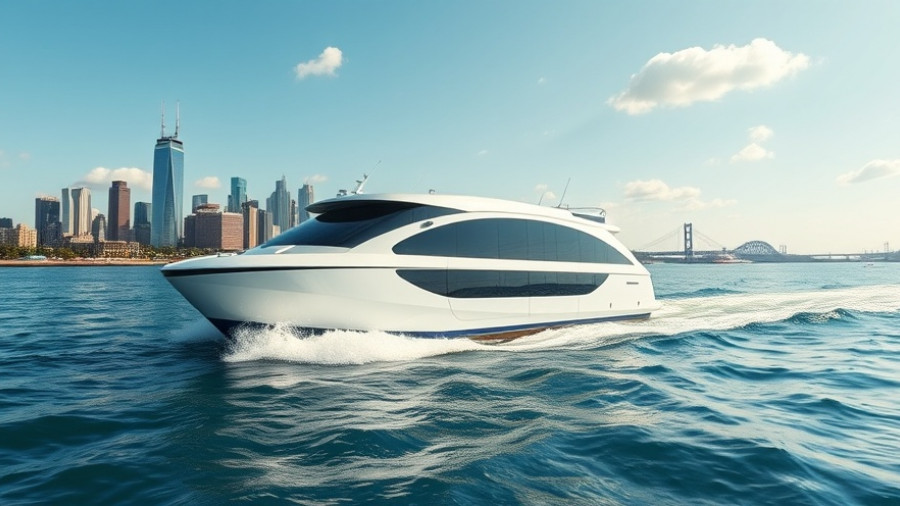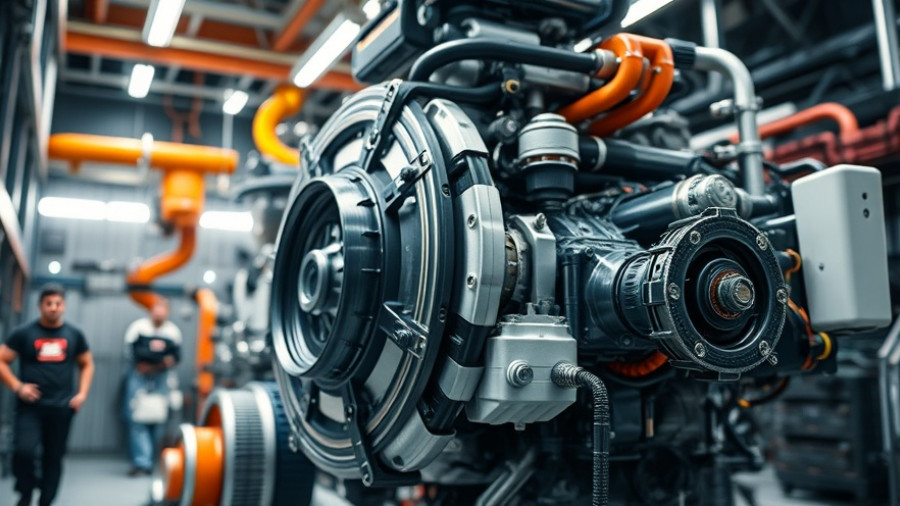
Seaspan's Vision: A New Era for Vancouver Drydock
Seaspan’s Vancouver Drydock has recently taken a significant step toward enhancing its facilities with the grand opening of a new state-of-the-art operations center, which spans 21,000 square feet. This development marks a pivotal transition in the ship repair and maintenance sector on the West Coast of North America. The two-story center, designed to accommodate over 300 trades employees, will function as a centralized hub for the company’s operations, safety, and administration teams, fostering a collaborative work environment.
The Importance of Infrastructure in the Marine Industry
Infrastructure improvements play a crucial role in the marine industry, particularly in terms of supporting local economies. The recent upgrades to Vancouver Drydock, which include not only the new operations center but also substantial civil and electrical enhancements, highlight the necessity of investing in durable facilities to meet growing demands. According to Seaspan CEO John McCarthy, these investments are not merely about maintaining their existing status but are catalysts for growth within the sector—an investment in both the infrastructure and the skilled workforce of North Vancouver.
Employment Opportunities in North Vancouver
Notably, this expansion of operations is set to create approximately 100 new jobs that will pay well and support the local workforce. With jobs in the marine sector often correlating with various family-run businesses in the area, the opening of the new facility is an opportunity for community growth and stability. The local labor market can benefit from these skilled positions, where employees can engage directly in ship repair, maintenance, and operational logistics.
Seaspan’s Commitment to Innovation and Growth
Seaspan is demonstrating a proactive approach to embracing innovation within the marine industry. The addition of the third floating dry dock marks another landmark decision by the company, enabling them to offer more comprehensive services to a range of vessels, including emergency repairs, BC Ferries, and various local maritime operations. The strategic enhancements not only prepare Seaspan to handle increasing demand but also underline their commitment to delivering superior marine solutions.
Insights from Leadership
At the grand opening celebrations, McCarthy emphasized the dual goal of improving operational capacity while ensuring the creation of high-quality jobs for the community. Paul Hebson, the vice president and general manager of Seaspan, echoed this sentiment, remarking on how the new facilities will foster better work conditions, boost efficiency, and ultimately ensure the company remains a key player in British Columbia’s marine ecosystem.
The Role of the Marine Ecosystem in Local Communities
The marine sector contributes significantly to local economies through direct employment and ripple effects that support numerous associated businesses. As stated by Hebson, Seaspan not only plays a role in sustaining the local SeaBus and ferry systems but also feels a responsibility towards facilitating repairs that keep vessels operational and safe. Hence, investing in the workforce and infrastructure forms a pivotal part of a supportive marine ecosystem.
Future Trends: The Evolution of Shipyards
Looking ahead, the shipyards on the West Coast are likely to continue evolving in response to industry demands and technological advancements. With innovations in shipbuilding materials, sustainability practices, and repair technologies on the horizon, Seaspan’s commitment to modernizing its facilities positions it well for the changes that lie ahead. As the marine industry continues to grow, adaptation through investment in technology and workforce capabilities will be fundamental.
In summary, Seaspan’s Vancouver Drydock is setting the stage for a revitalized future in the marine industry. By focusing on the development of a state-of-the-art operations center, investing in local employment, and committing to innovations, they are not only enhancing their capabilities but also ensuring the sustainability of the local marine ecosystem. This development serves as a reminder of the importance of infrastructure in supporting vital sectors that fuel economies and foster community relationships.
 Add Row
Add Row  Add
Add 




Write A Comment